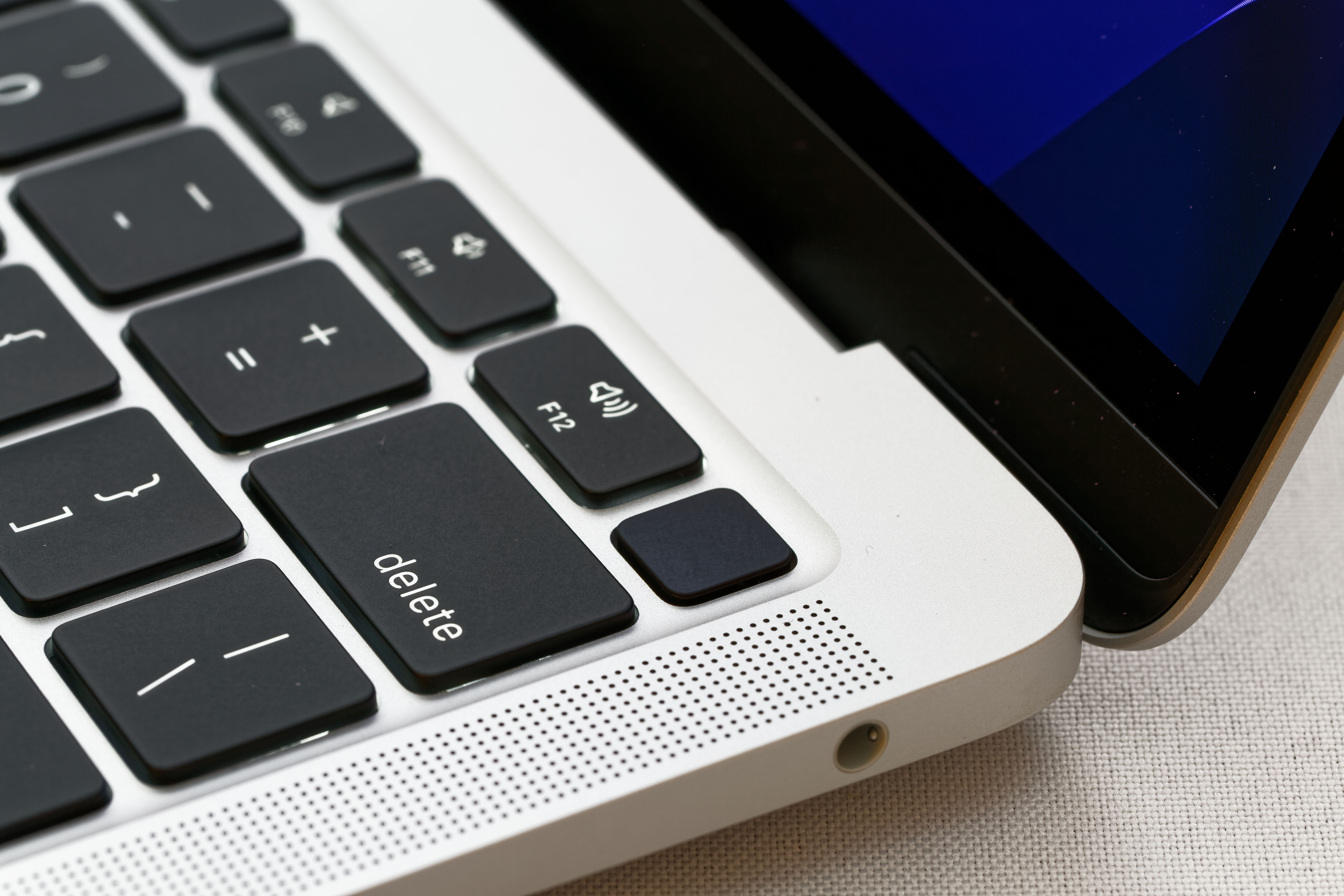
It also has the same number of ports, made up of two USB 3 ports, one Thunderbolt 2 port, a MagSafe 2 power connector and a SDXC card slot. Like its predecessor, the Air has a below-par display that tops out at a pixel-resolution of 1440 x 900.
#2017 macbook air reviews pro
Apple hasn't even carried over the 12-inch MacBook's innovative Force Touch Trackpad which made it into the company's new 13- and 15-inch MacBook Pro models. If the 12-inch MacBook could be accused of introducing too many features all at once, the MacBook Air has the opposite problem.Īside from its Thunderbolt 2 port, which has been upgraded from standard Thunderbolt, it's business as usual.

Its unibody aluminium enclosure that forms both the Air's screen and body is durable, easy to clean and more than capable of taking a few knocks and scrapes. The one advantage there is that it has a protruding wrist rest on either side of the trackpad which makes typing for long periods of time a comfortable experience.Īesthetics aside, the MacBook Air's build quality remains top-notch. The 13-inch MacBook Air also has an unusually large footprint compared to the XPS 13 and even the 13-inch MacBook Pro, meaning it takes up more space whether rested on your lap or on an aeroplane table. It's not helped by its metallic finish, which can prove distracting when watching movies compared to the thinner black bezels of its competitors. One big turn off when it comes to the Air's design is its chunky bezel, which is thicker than the ones on its competitors. The new HP Spectre 13 measures just 10.4mm thick, so you can see what the Air is up against. Measuring 17mm at its thickest point, the Air is bested by the new Dell XPS 13 (11.6mm) and the 12-inch MacBook (13.1mm).

It's far from ugly, but the “wow” factor disappeared long ago.

Times have changed, and Apple's decision to leave unaltered for several years now has seen the competition close the gap. The MacBook Air's design was revolutionary when it debuted in 2008, spawning countless imitators.


 0 kommentar(er)
0 kommentar(er)
